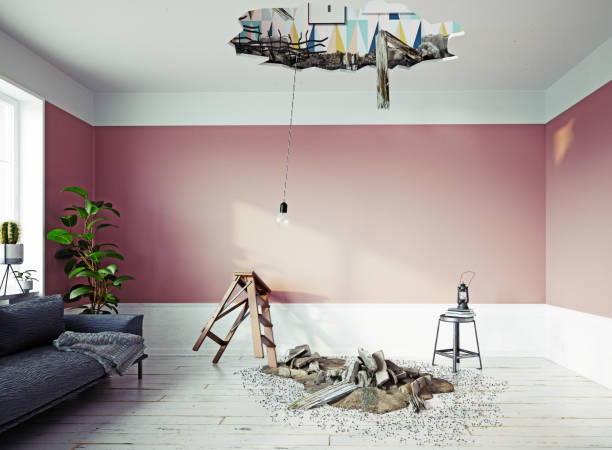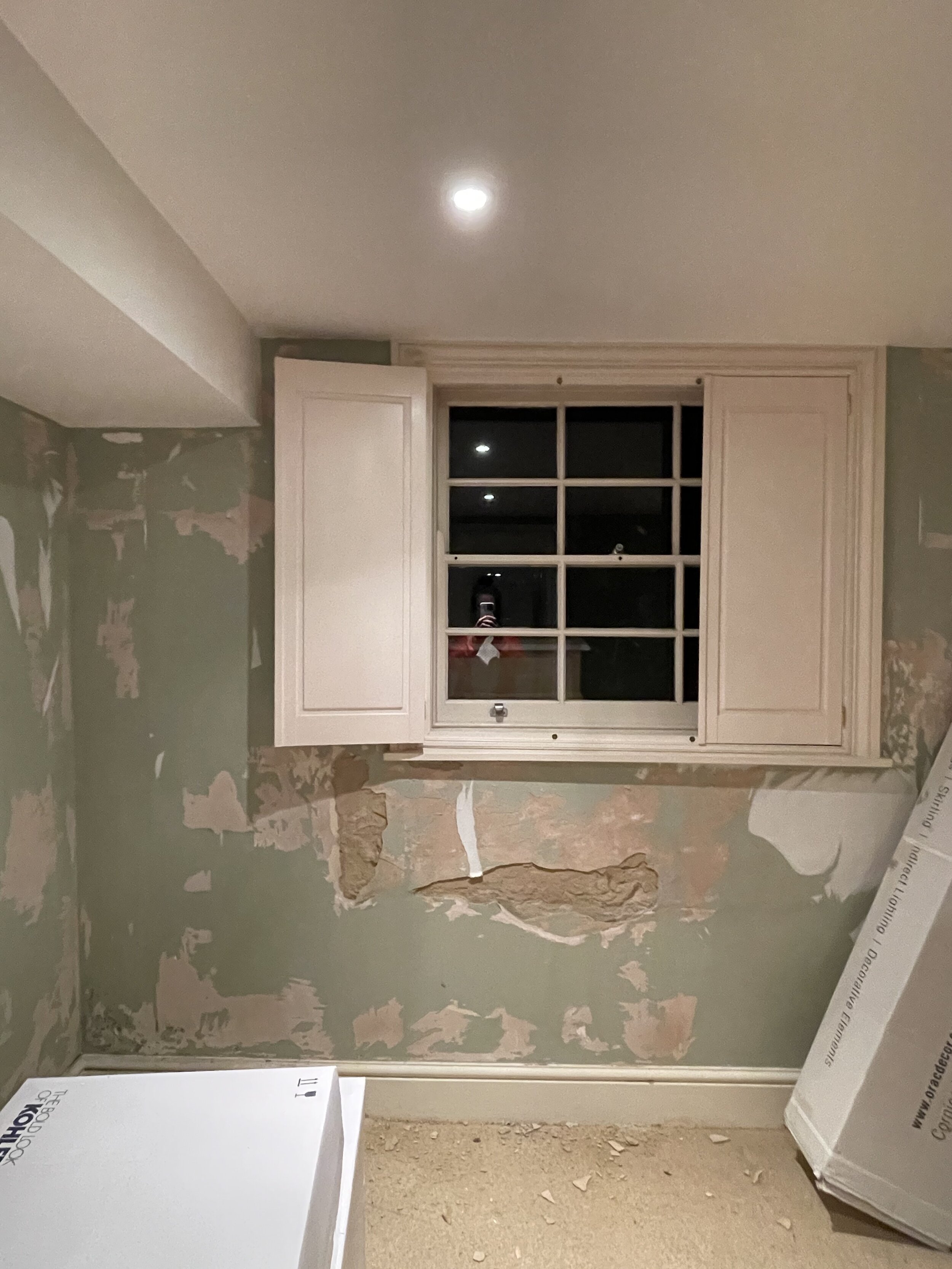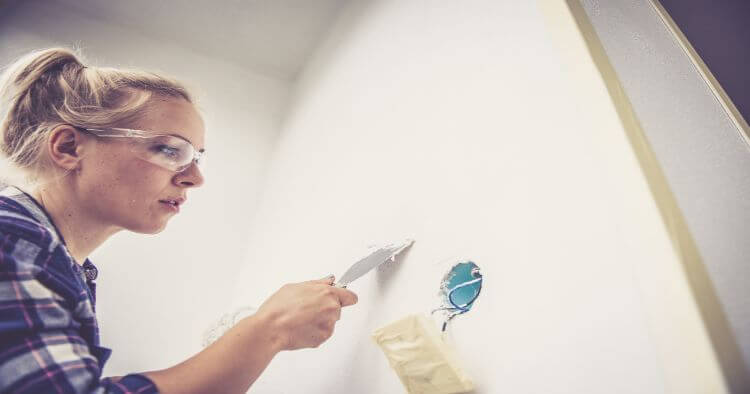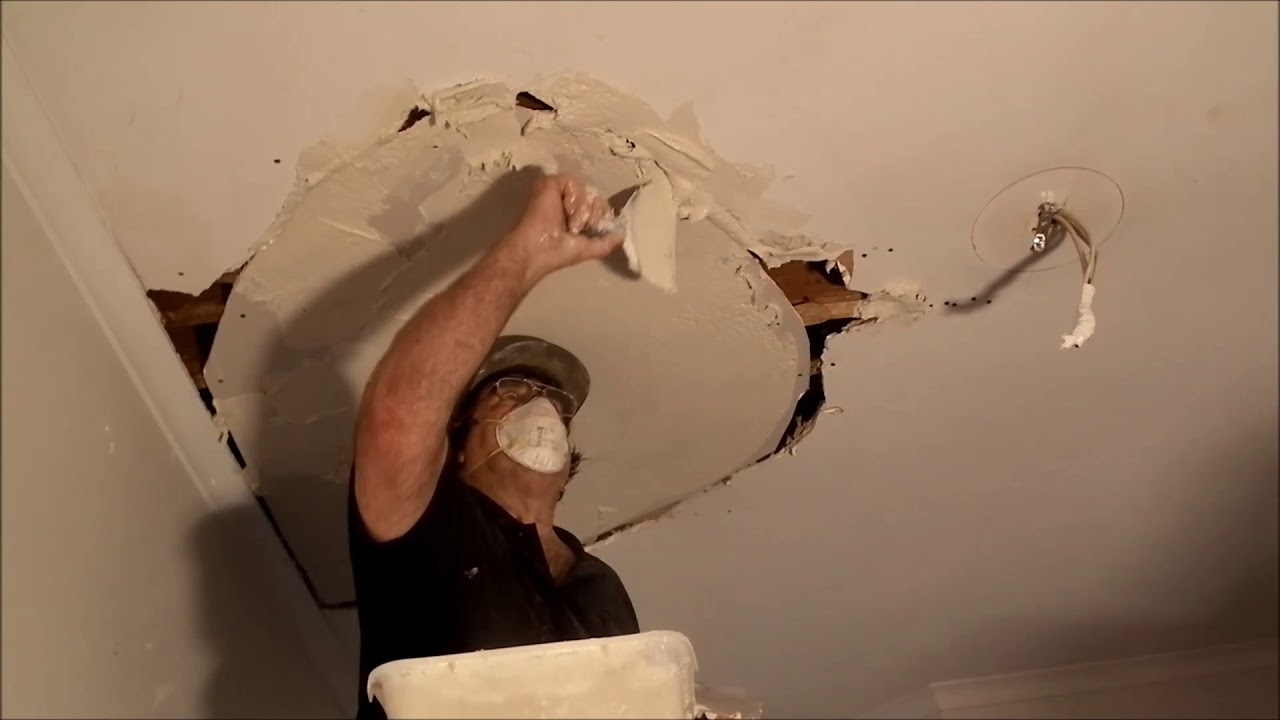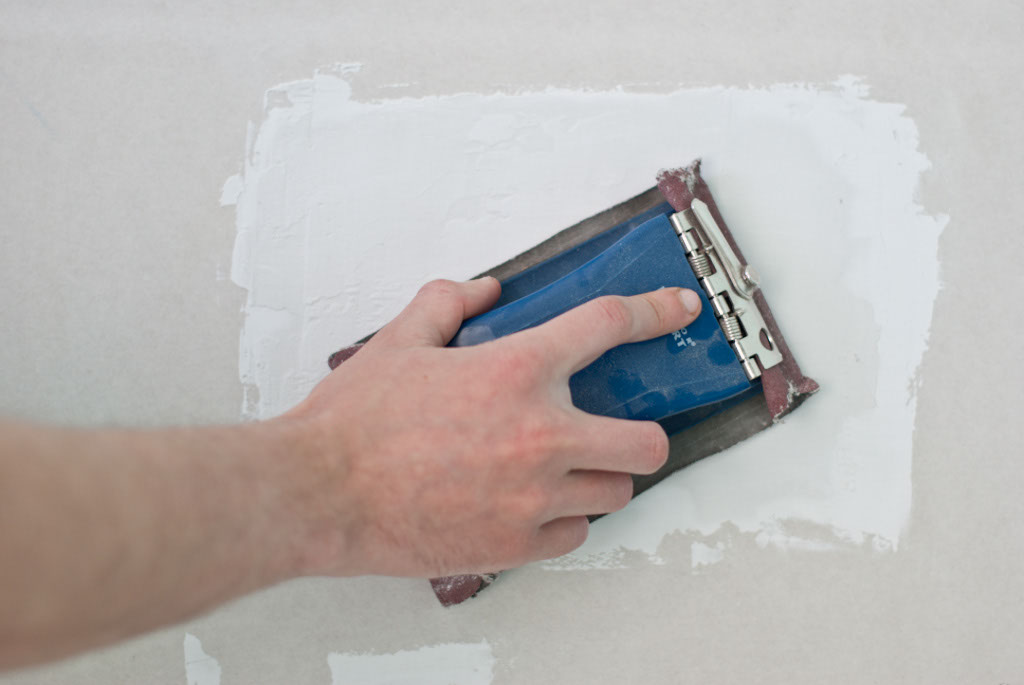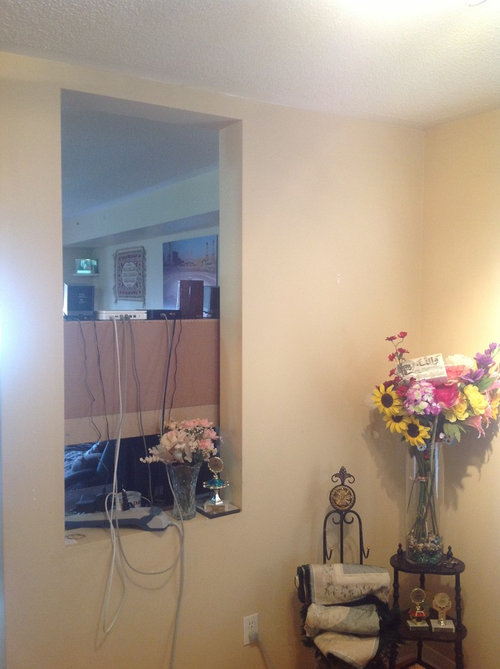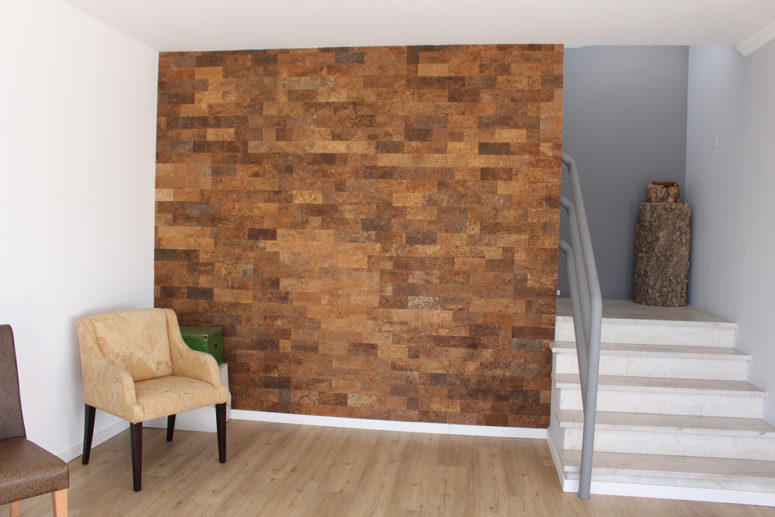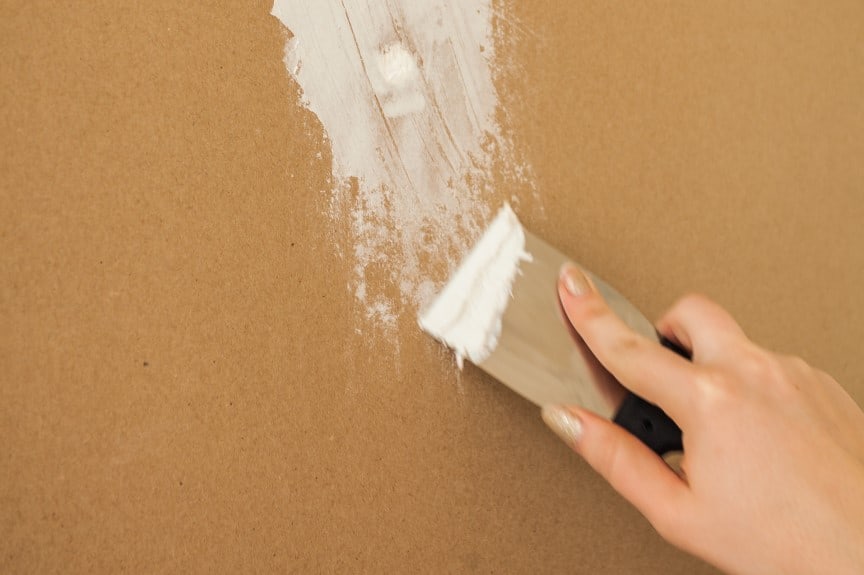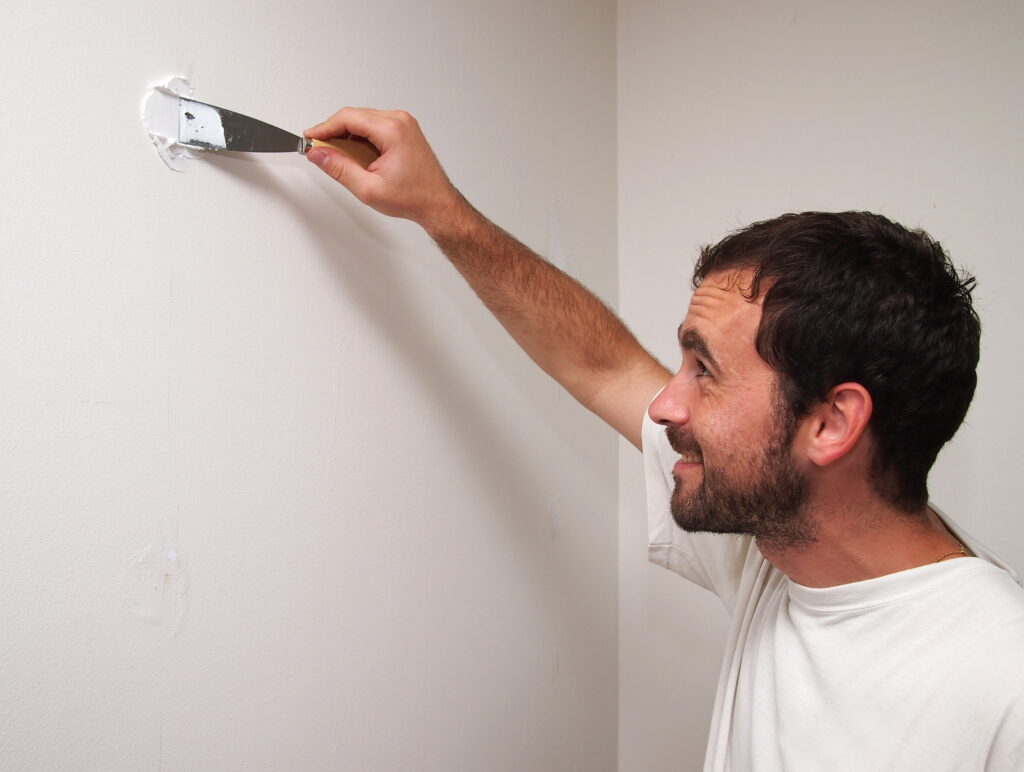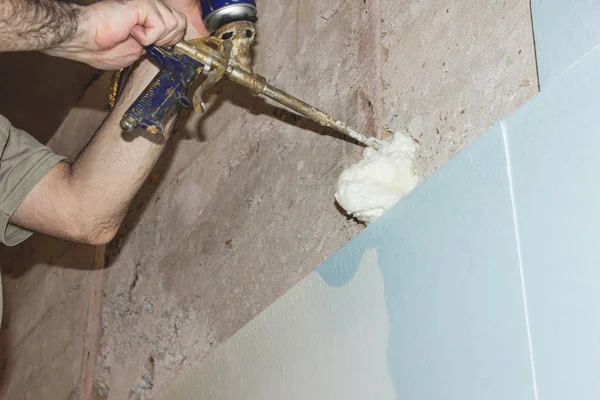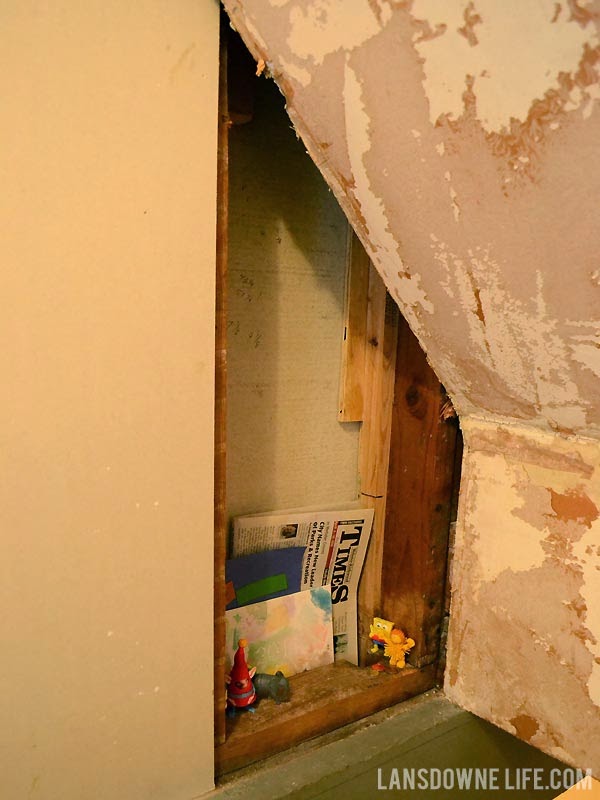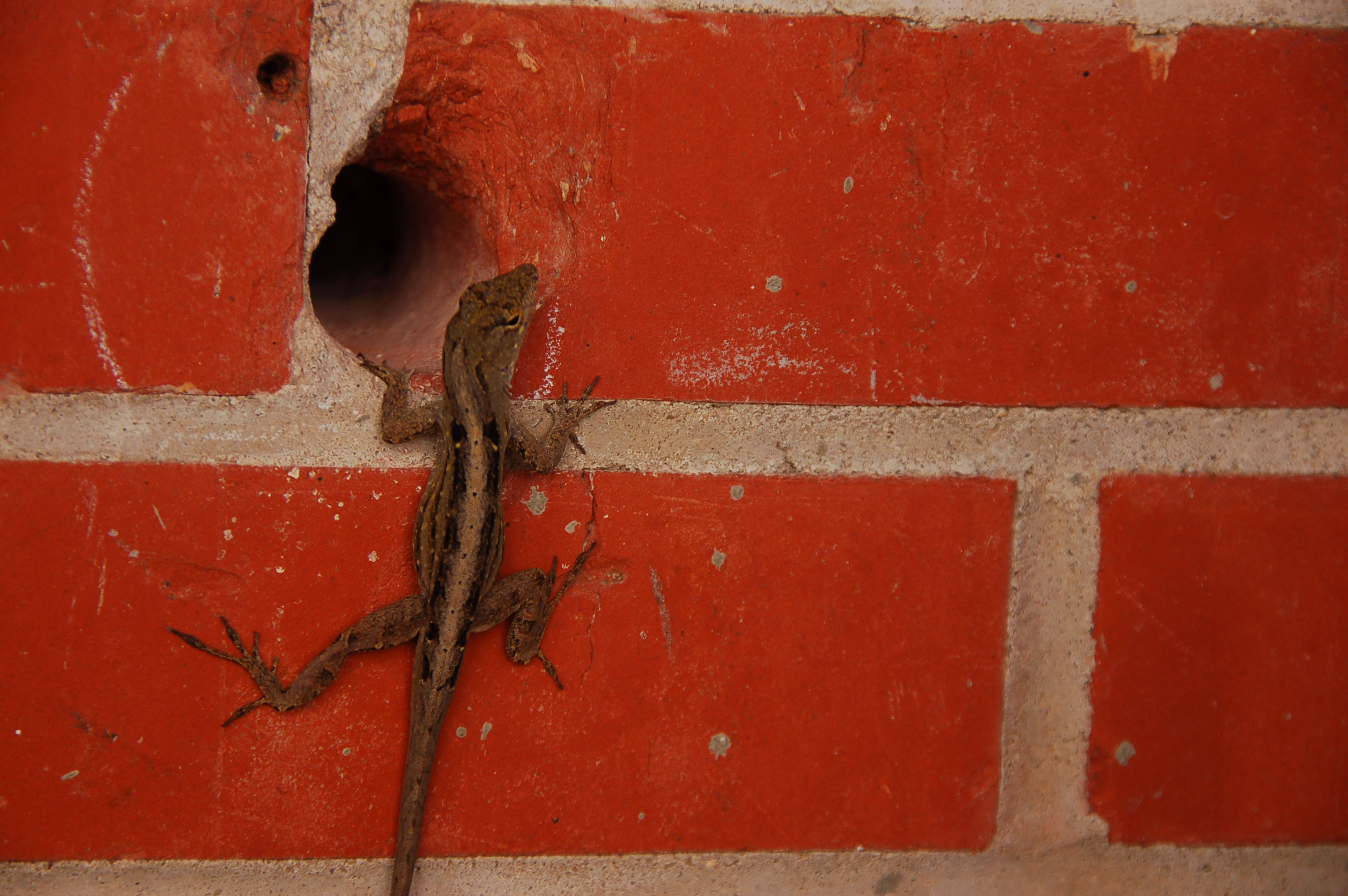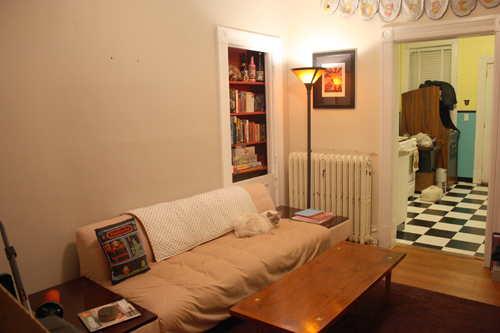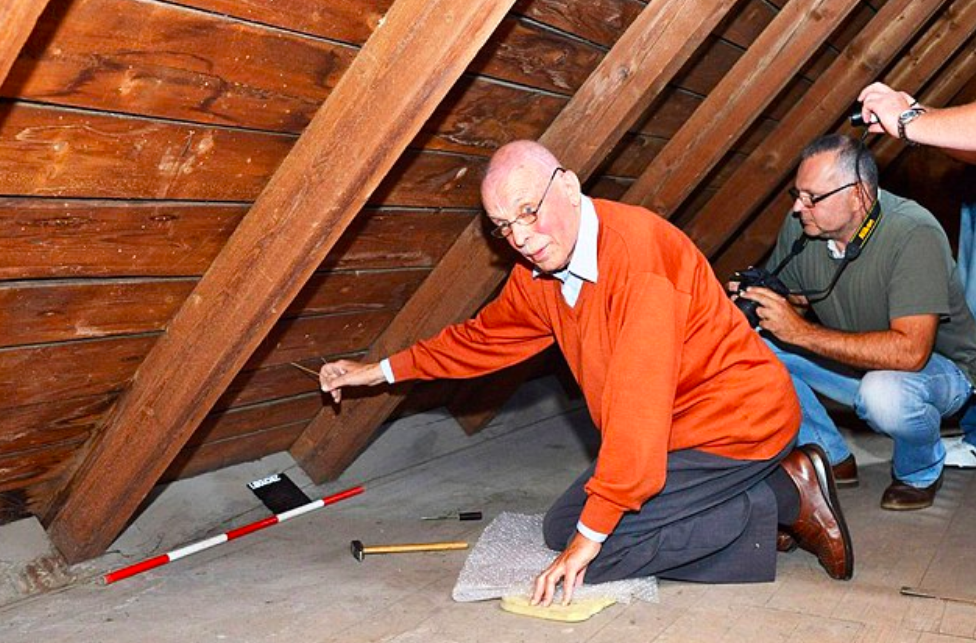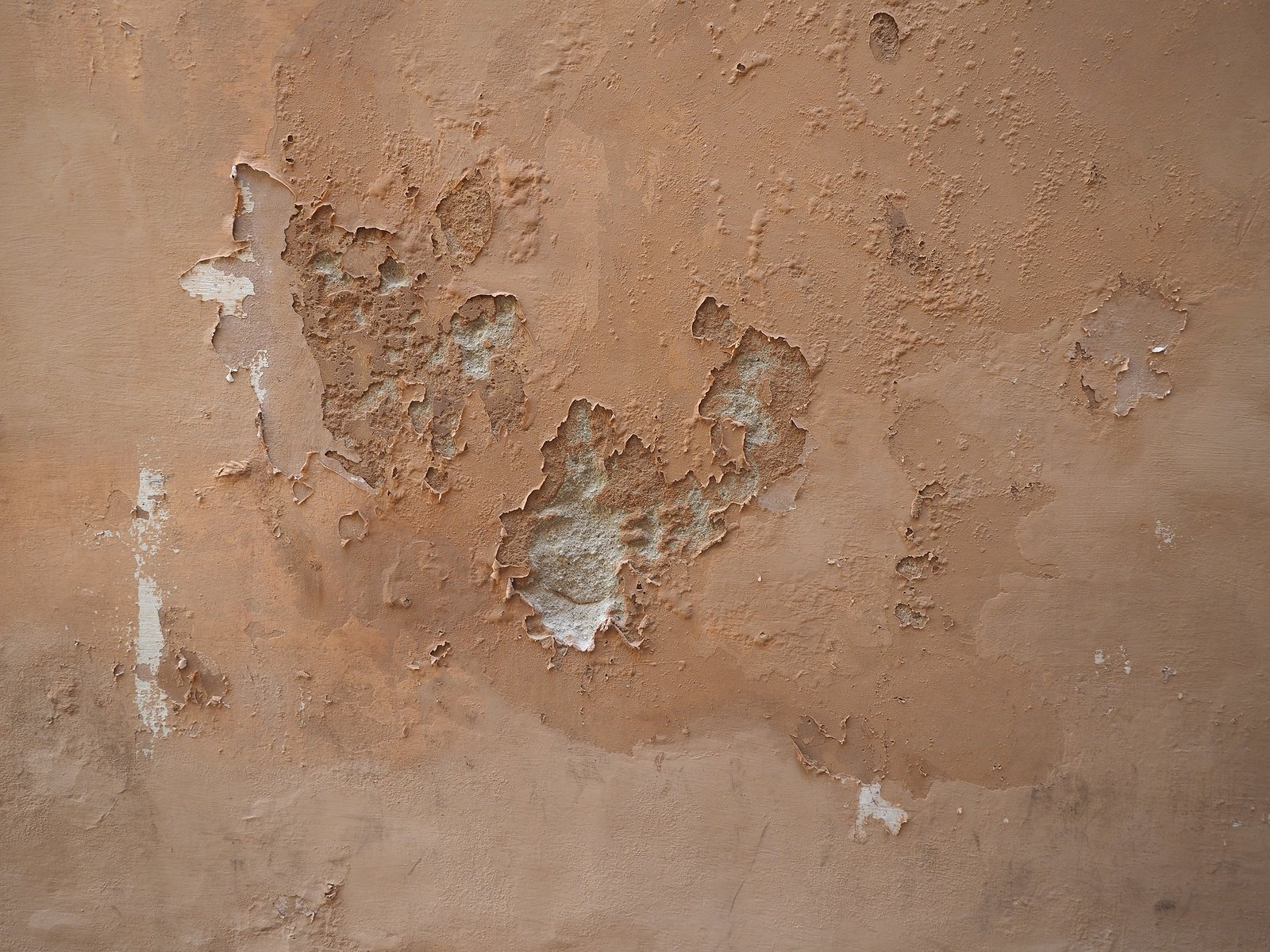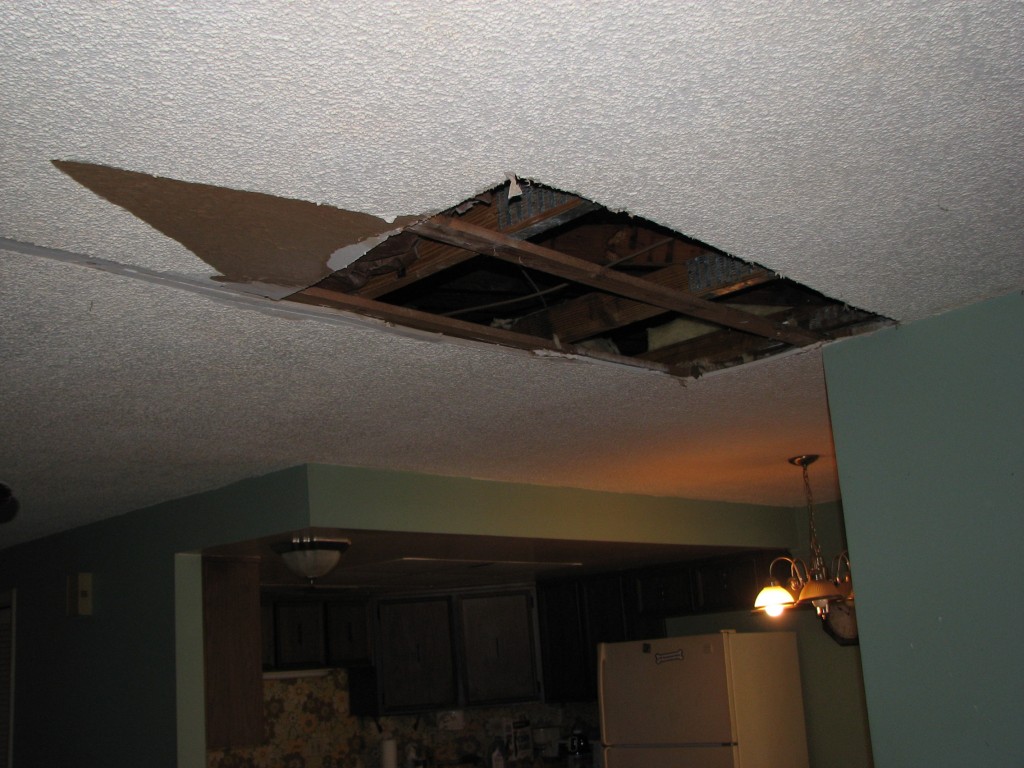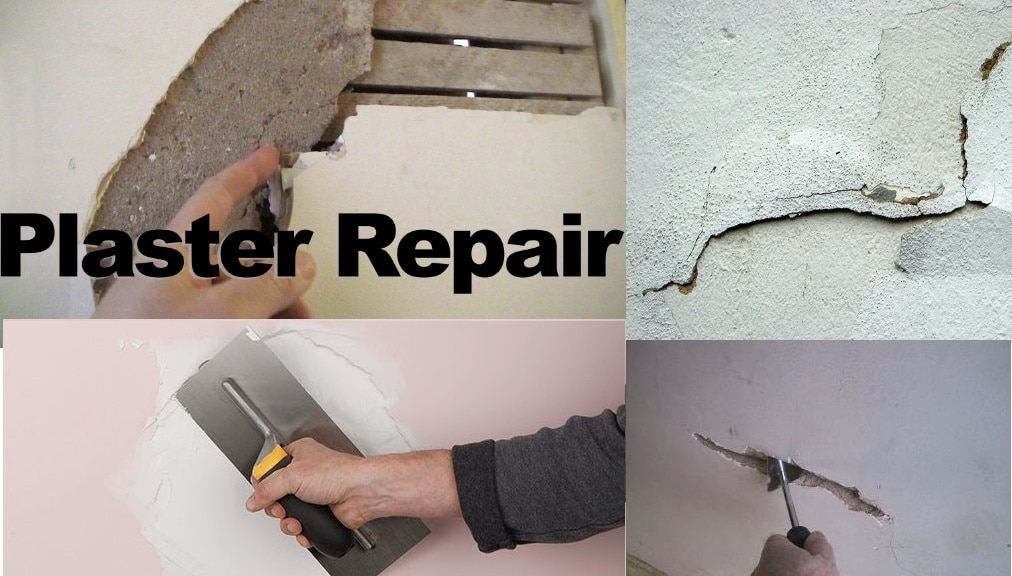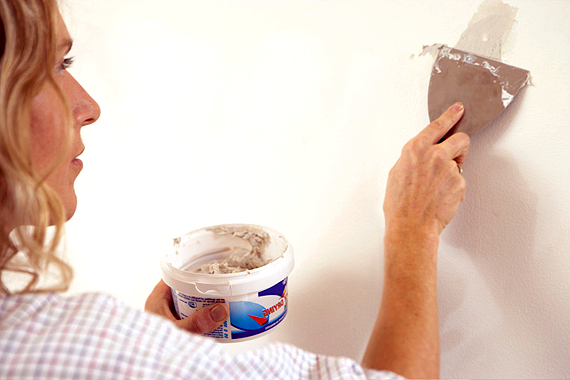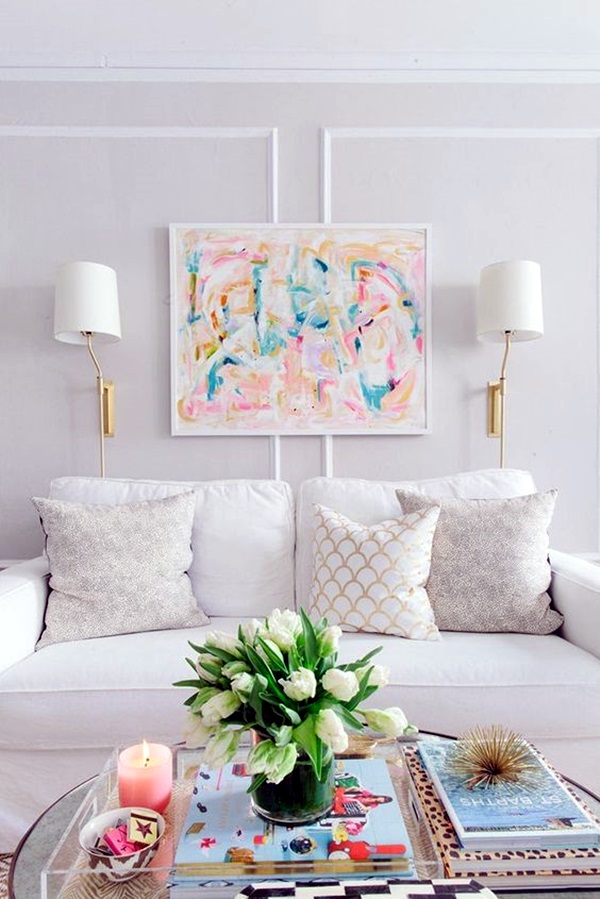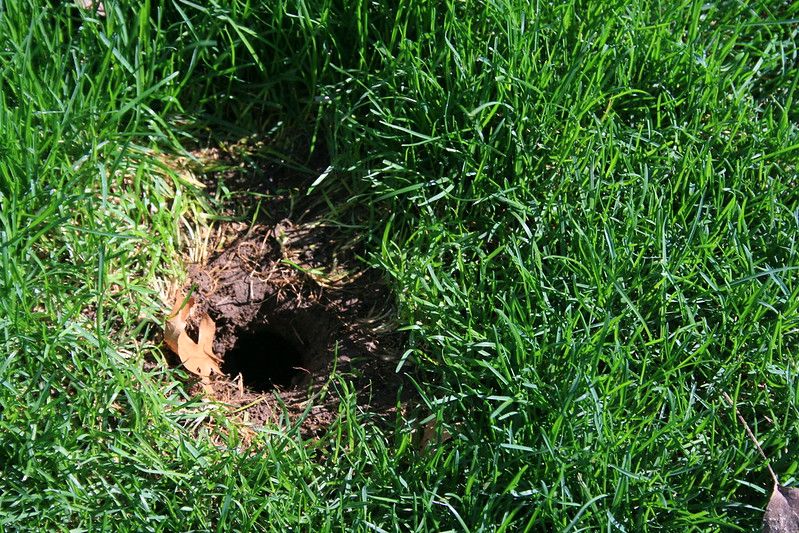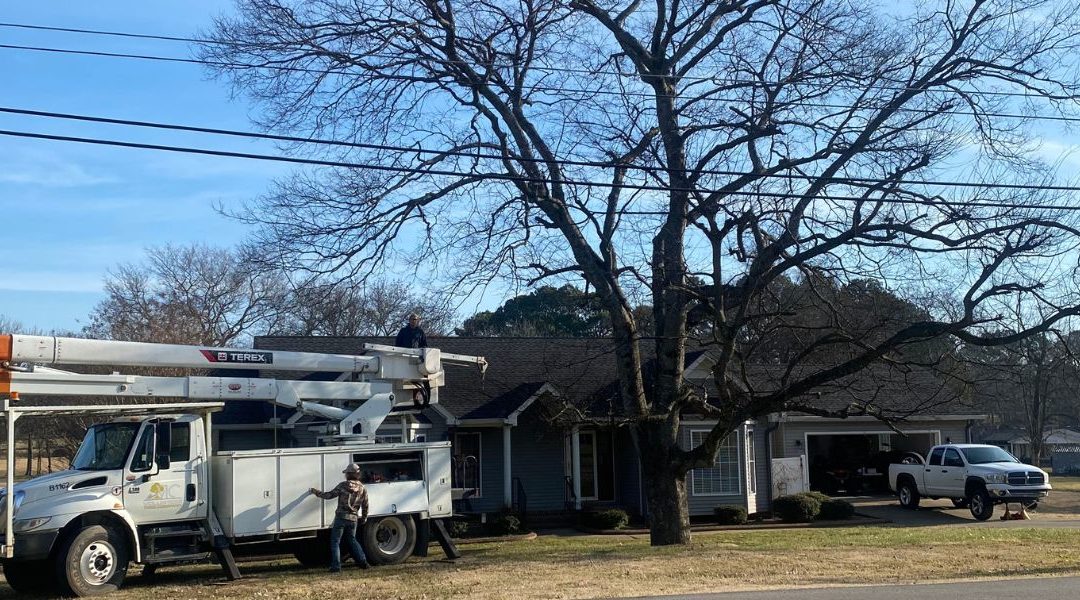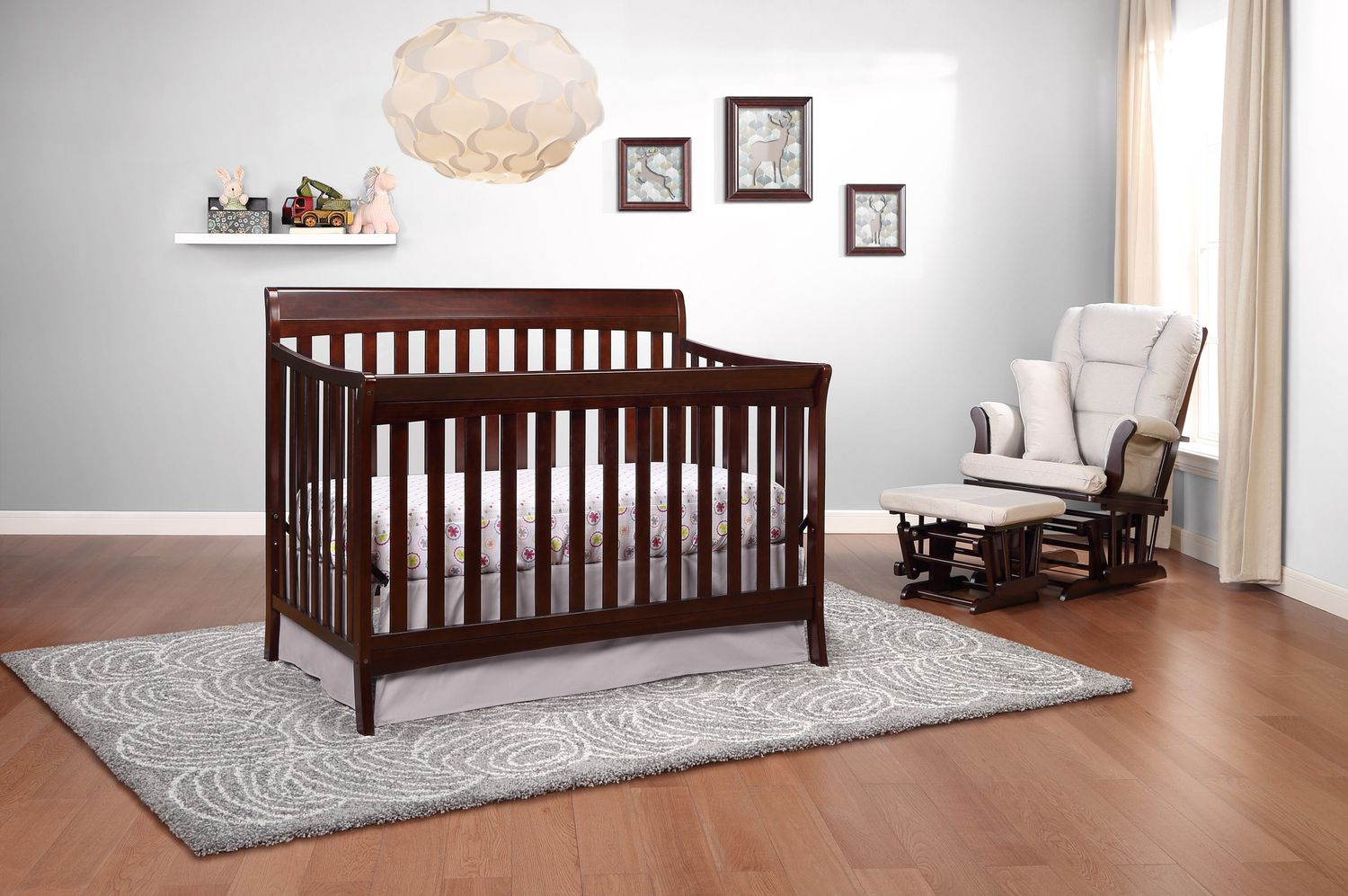If you have noticed a hole in your living room wall, don't panic! While it may seem like a daunting task, repairing a hole in the wall is actually a relatively simple and straightforward process. With the right tools and techniques, you can have your wall looking as good as new in no time. Here are some steps to follow for repairing a hole in the living room wall.Repairing a Hole in the Living Room Wall
The first step in fixing a hole in the living room wall is to assess the damage. Is it a small nail hole or a larger hole caused by accidental damage? The size and severity of the hole will determine the best approach for repair. For smaller holes, you may be able to use a simple patching method, while larger holes may require more extensive repairs.How to Fix a Hole in the Living Room Wall
If you have a small hole in your living room wall, one of the easiest ways to fix it is by using a patching compound. Start by cleaning the area around the hole and removing any loose debris. Then, apply the patching compound to the hole using a putty knife, making sure to smooth it out evenly. Once the compound is dry, sand it down to create a smooth surface.Patching a Hole in the Living Room Wall
For larger holes in the wall, you may need to use a drywall patch to cover the area. Begin by measuring the size of the hole and cutting a piece of drywall to fit. Then, use a putty knife to apply joint compound around the edges of the hole and press the patch into place. Once the compound is dry, sand it down and apply a second coat if needed.Covering a Hole in the Living Room Wall
If you have a hole in your wall caused by a doorknob or other object, you may need to use a filler to fix it. Start by using a putty knife to apply a small amount of filler to the hole, making sure to smooth it out. Once the filler is dry, sand it down and repeat the process until the hole is completely filled and level with the wall surface.Filling a Hole in the Living Room Wall
After the hole has been repaired, you may need to paint over the area to hide any imperfections. First, use a primer to seal the repaired area and allow it to dry. Then, use paint that matches the rest of the wall to cover the area, making sure to blend it in with the surrounding paint.Hiding a Hole in the Living Room Wall
Sometimes, a hole in the living room wall may be a sign of a larger underlying issue. If you notice multiple holes or cracks in the wall, it may be a sign of water damage, structural issues, or pests. In these cases, it's best to seek professional help to address the root cause of the problem and prevent future damage.Fixing a Damaged Wall in the Living Room
When repairing a hole in the living room wall, there are a few tips to keep in mind to ensure a successful outcome. Make sure to gather all necessary tools and materials before starting the repair, and carefully follow the instructions for any products you use. It's also important to take your time and be patient, as rushing the process can lead to mistakes and a less-than-perfect repair.Tips for Repairing a Hole in the Living Room Wall
If you're a handy person, you may be able to tackle a hole in the living room wall on your own. However, if you're not comfortable with DIY repairs, it's always best to hire a professional to ensure the job is done correctly. Attempting to fix a hole in the wall without the necessary skills and experience can lead to further damage and costly repairs in the long run.DIY Solutions for a Hole in the Living Room Wall
There are several reasons why you may find a hole in your living room wall. One of the most common causes is accidental damage, such as a doorknob hitting the wall or furniture being moved. Other causes may include water damage, pests, or wear and tear over time. By addressing the root cause, you can prevent future holes from appearing in your living room walls.Common Causes of Holes in Living Room Walls
The Impact of a "Hole in the Living Room Wall" on House Design

Why a Hole in the Living Room Wall Matters
 When it comes to designing a house, every detail matters. From the color of the walls to the placement of furniture, everything plays a role in creating the perfect living space. However, there is one detail that often gets overlooked - the walls. Walls not only provide structural support but also serve as a canvas for design and decor. So, when there is a "hole in the living room wall," it can significantly impact the overall look and feel of a house.
When it comes to designing a house, every detail matters. From the color of the walls to the placement of furniture, everything plays a role in creating the perfect living space. However, there is one detail that often gets overlooked - the walls. Walls not only provide structural support but also serve as a canvas for design and decor. So, when there is a "hole in the living room wall," it can significantly impact the overall look and feel of a house.
The Aesthetics of a Hole in the Living Room Wall
 A hole in the living room wall is not only an eyesore but can also disrupt the flow of the room. Depending on the size and location of the hole, it can be a distraction and take away from the beauty of the space. This is especially true for open-concept homes where the living room is visible from other areas of the house. A hole in the living room wall can create an unbalanced and disjointed look, making the entire house feel incomplete.
A hole in the living room wall is not only an eyesore but can also disrupt the flow of the room. Depending on the size and location of the hole, it can be a distraction and take away from the beauty of the space. This is especially true for open-concept homes where the living room is visible from other areas of the house. A hole in the living room wall can create an unbalanced and disjointed look, making the entire house feel incomplete.
The Functionality of a Hole in the Living Room Wall
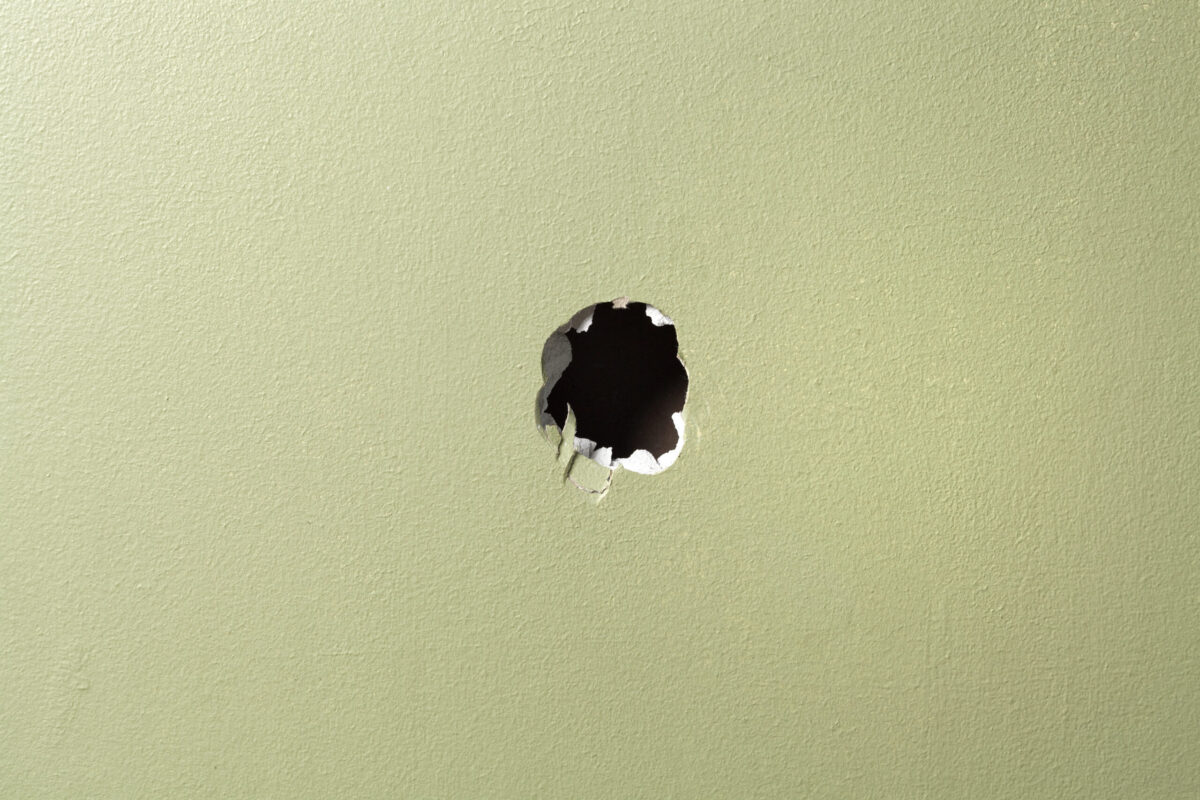 Aside from the aesthetic impact, a hole in the living room wall can also affect the functionality of the space. If the hole is near a window or door, it can create drafts and affect the temperature and energy efficiency of the room. It can also make it difficult to hang shelves or artwork, limiting the options for decorating. Additionally, a hole in the living room wall can be a safety hazard, especially for families with young children or pets.
Aside from the aesthetic impact, a hole in the living room wall can also affect the functionality of the space. If the hole is near a window or door, it can create drafts and affect the temperature and energy efficiency of the room. It can also make it difficult to hang shelves or artwork, limiting the options for decorating. Additionally, a hole in the living room wall can be a safety hazard, especially for families with young children or pets.
Solutions for a Hole in the Living Room Wall
 Fortunately, there are solutions for fixing a hole in the living room wall. Depending on the size and severity of the hole, it can be patched up and painted over. For larger holes or structural damage, it may require professional help to ensure the wall remains sturdy and safe. It's important to address any holes in the living room wall as soon as possible to prevent further damage and maintain the aesthetics and functionality of the space.
In conclusion, a "hole in the living room wall" may seem like a small issue, but it can have a significant impact on house design. From aesthetics to functionality, it's important to address and fix any holes in walls to create a cohesive and functional living space. So, the next time you're considering a home renovation, don't forget to pay attention to the walls and ensure they are in top-notch condition.
Fortunately, there are solutions for fixing a hole in the living room wall. Depending on the size and severity of the hole, it can be patched up and painted over. For larger holes or structural damage, it may require professional help to ensure the wall remains sturdy and safe. It's important to address any holes in the living room wall as soon as possible to prevent further damage and maintain the aesthetics and functionality of the space.
In conclusion, a "hole in the living room wall" may seem like a small issue, but it can have a significant impact on house design. From aesthetics to functionality, it's important to address and fix any holes in walls to create a cohesive and functional living space. So, the next time you're considering a home renovation, don't forget to pay attention to the walls and ensure they are in top-notch condition.



/cdn.vox-cdn.com/uploads/chorus_image/image/65892275/howto_fixplaster_01.0.jpg)


